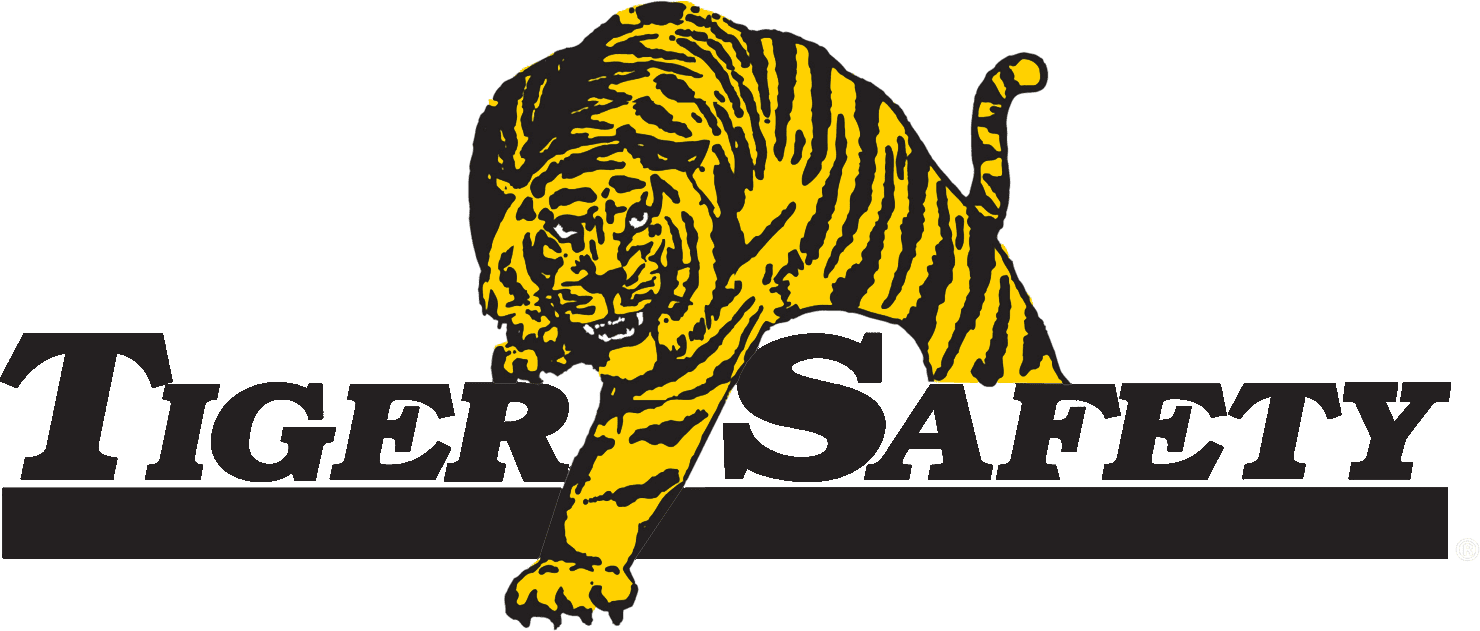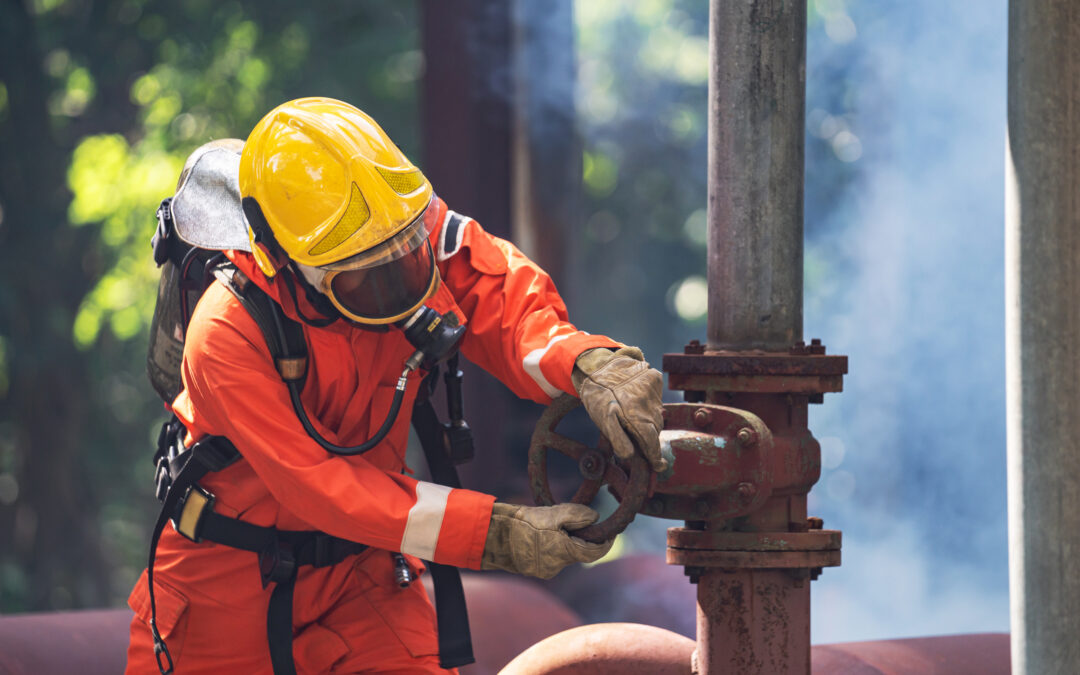With the inherently demanding nature of the oil and gas industry, prioritizing employee safety and wellbeing is essential for maintaining a thriving workforce. One critical aspect of creating a safe and healthy work environment is the implementation of ergonomic solutions designed to reduce the risk of injuries and long-term health issues. At Tiger Safety Rentals, we understand the importance of ergonomics in the oil and gas sector and are committed to providing tailored safety equipment and services to help improve workplace conditions and boost safety performance.
In this article, we’ll explore the benefits of ergonomics in the oil and gas industry, discussing targeted solutions and best practices that can help create a healthier and safer workplace while reinforcing a strong safety culture.
1: Understanding Ergonomics and Its Importance in the Oil and Gas Industry
Ergonomics is the study and practice of designing work environments, tasks, and equipment to fit the specific needs and abilities of workers, aiming to minimize physical strain and discomfort and reduce the risk of injury. In the oil and gas industry, where employees often face long hours, challenging working conditions, and physically demanding tasks, the implementation of ergonomic solutions is vital for maintaining both the safety and efficiency of the workforce.
By incorporating ergonomic principles into the workplace, oil and gas organizations can experience many benefits, such as reduced injury rates, improved productivity, and enhanced employee satisfaction and retention.
2: Identifying and Assessing Ergonomic Risks
The first step in implementing ergonomics in the oil and gas industry is to identify and assess the ergonomic risks associated with specific tasks, processes, and work environments. Risk factors can include repetitive motions, prolonged standing or sitting, awkward postures, heavy lifting, excessive vibration, and environmental conditions such as temperature extremes or poor lighting.
Conducting a thorough ergonomics assessment can help organizations pinpoint the areas with the most significant ergonomic hazards, enabling them to prioritize their efforts and allocate resources effectively to develop targeted solutions and interventions.
3: Implementing Ergonomic Solutions to Address Identified Risks
Once the ergonomic risks have been identified and assessed, organizations should take action to implement targeted solutions aimed at reducing or eliminating these risks. Ergonomic interventions can take various forms, such as modifying equipment, redesigning workstations, adjusting work processes, or implementing administrative controls.
For example, ergonomic solutions in the oil and gas workplace may include:
– Utilizing height-adjustable workstations to accommodate different individual needs and reduce the strain on the back and neck.
– Adding padding or anti-vibration materials to tools and equipment to reduce the transmission of vibrations and the risk of hand-arm vibration syndrome.
– Implementing proper lifting techniques and providing equipment such as lifting aids or hoists to reduce the risk of manual handling injuries.
– Organizing regular breaks and job rotation schedules to lessen the impact of repetitive tasks and minimize exposure to hazardous conditions.
4: Educating Employees on Ergonomic Best Practices
Employee education and training on ergonomic best practices are crucial components of a successful ergonomic program. Providing workers with the knowledge and skills necessary to recognize and address ergonomic hazards in their daily tasks can contribute to a healthier and safer work environment.
Regular training sessions and ongoing reinforcement of ergonomic best practices can help employees understand the importance of proper body mechanics, posture, and task organization, empowering them to take an active role in maintaining their health and safety at work.
5: Monitoring the Effectiveness of Ergonomic Interventions
To ensure the ongoing success of ergonomic solutions implemented in the workplace, it is essential to monitor their effectiveness over time. Tracking key performance indicators such as injury rates, workers’ compensation claims, and employee feedback can provide valuable insights into the impact of your ergonomic interventions and highlight areas for further improvement.
By integrating regular evaluation and continuous improvement processes into your organization’s ergonomics program, you can ensure that the program remains effective and well-adapted to the changing needs of your workforce and operations
6: Fostering a Culture of Ergonomic Awareness
Creating a culture of ergonomic awareness within the organization is an essential aspect of promoting a safe and healthy work environment in the oil and gas industry. This culture should be supported and encouraged by management, with leaders demonstrating their commitment to ergonomics by investing in appropriate resources, training, and interventions.
Encouraging open communication between employees and management regarding ergonomic concerns, recognizing and rewarding employees for their efforts to improve workplace ergonomics and integrating ergonomics discussions into safety meetings or toolbox talks can all contribute to fostering a culture of ergonomic awareness within the organization.
7: Collaborating with Ergonomic Professionals
To maximize the effectiveness of ergonomic interventions in the workplace, organizations may benefit from partnering with ergonomic professionals who have specialized expertise in the unique challenges faced by the oil and gas sector. These professionals can provide guidance on industry best practices, assist in conducting ergonomic assessments, and offer targeted solutions tailored to the specific needs of an organization.
By collaborating with ergonomic professionals, oil and gas companies can leverage their knowledge and experience to optimize their ergonomics program and create a safer workplace.
8: Integrating Ergonomics with Other Safety Initiatives
To maximize the impact of ergonomic interventions, it is essential to integrate them with other safety initiatives within the organization. By aligning ergonomic efforts with broader safety programs, you can create a holistic approach to workplace safety that addresses the full spectrum of risks faced by employees in the oil and gas industry.
Collaborate across departments and teams to ensure that resources and expertise are shared effectively, and that safety initiatives complement and reinforce one another to provide optimal protection for employees.
9: Adapting Ergonomic Solutions for Offshore Environments
The offshore oil and gas sector presents unique challenges when it comes to implementing ergonomic solutions, with often harsh conditions, confined spaces, and the need for specialized equipment. Adapting your ergonomics program to the specific requirements of offshore operations is crucial to ensure employee wellbeing in this demanding work environment.
For offshore operations, consider:
– Customizing workstations and equipment to accommodate the restricted space available on offshore platforms.
– Ensuring proper lighting on walkways, work areas, and stairwells to reduce the risk of slips, trips, and falls.
– Implementing anti-slip flooring materials and handrails to provide extra support and stability for employees working in wet or slippery conditions.
10: Addressing the Challenges of Remote Work Locations
In the oil and gas industry, remote work locations can create additional obstacles that impact employees’ health, safety, and wellbeing. These remote sites often face logistical challenges, limited access to resources and services, and potential isolation for employees stationed there for extended periods.
When planning ergonomic solutions for remote work locations, consider the following:
– Developing contingency plans for managing emergencies and evacuating injured employees from remote sites.
– Providing appropriate accommodation for workers, ensuring adequate sleeping arrangements, sanitation facilities, and recreational spaces to support overall wellbeing.
– Building strong communication channels with remote employees to maintain connection, address concerns, and provide ongoing support and training.
11: Staying Informed on Ergonomics Advances and Developments
Ergonomics is a continually evolving field, with new research, techniques, and technologies emerging regularly. Staying informed on the latest advances and developments in ergonomics can help organizations adapt and improve their ergonomics program to better meet the needs of their workforce.
Consider subscribing to industry newsletters or attending relevant conferences and workshops to ensure you are up-to-date with the most recent research and best practices in the field of ergonomics.
12: Involving Employees in the Ergonomics Process
Employee participation in the development and implementation of ergonomic solutions is crucial for the success of an ergonomics program. Encouraging employees to take an active role in identifying ergonomic hazards, suggesting improvements, and sharing their experiences can help create a more effective and adaptable program, tailored to the needs of your workforce.
By fostering this sense of involvement and ownership, organizations can empower employees to take responsibility for their health and safety, contributing to a more robust safety culture and improved overall safety performance.
13: Committing to Long-term Ergonomics Investments
Implementing ergonomic solutions requires an ongoing commitment and investment from organizations. Both short-term interventions and long-term workplace improvements should be considered, balancing immediate needs with the potential long-lasting benefits of more extensive ergonomic investments.
Maintaining this commitment to ergonomics demonstrates a dedication to employee health and safety and contributes to the organization’s reputation as a responsible and caring employer.
14: Evaluating the Economic Benefits of Ergonomics
While the primary goal of implementing ergonomic solutions is to improve employee health and safety, it is also essential to recognize the economic benefits that effective ergonomics can bring to your organization. These benefits may include reduced workers’ compensation costs, lower staff turnover due to improved job satisfaction, and increased productivity as employees experience less discomfort and fatigue.
By quantifying the economic benefits of ergonomic solutions, organizations can help justify the investments required and demonstrate the value of these initiatives to key stakeholders.
15: Incorporating Ergonomics in Equipment Procurement
Often, the choice of equipment can have a significant impact on the ergonomics of the workplace, with poorly designed or ill-fitting equipment causing unnecessary strain, discomfort, or risk of injury for employees. When procuring new equipment, consider the ergonomics of each product and choose those that support better workplace health and safety.
Ergonomically designed equipment should be adjustable, user-friendly, and considerate of the diverse needs and abilities of your employees. Ensuring that your equipment meets ergonomic standards will contribute to a safer and healthier work environment.
16: Supporting Mental Wellbeing in the Oil and Gas Industry
Mental health is an essential aspect of overall employee wellbeing and should be considered alongside physical health in the development of ergonomic solutions. The oil and gas industry often involves high-stress work environments, long hours, and the potential for isolation, which can impact the mental wellbeing of employees.
To address the mental health aspect of ergonomics, organizations can:
– Implement stress-management programs and provide access to mental health resources and support services to employees.
– Encourage open communication regarding mental health concerns and foster a supportive environment where employees feel comfortable discussing their needs and challenges.
– Design work schedules and environments conducive to maintaining a healthy work-life balance.
Conclusion
The oil and gas industry faces unique challenges that require a well-planned and comprehensive approach to ergonomics. Addressing ergonomic concerns, fostering employee engagement, and focusing on both physical and mental wellbeing all contribute to creating a safer, healthier, and more productive work environment. At Tiger Safety Rentals, we are dedicated to providing specialized safety equipment rentals and services designed to support your organization’s ergonomics initiatives. Contact us today to learn how our tailored solutions can help you strengthen your workplace safety culture and improve employee wellbeing.

